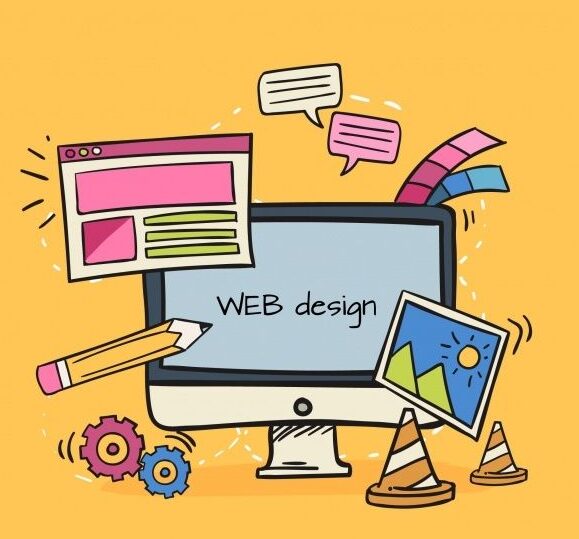The Benefits and Limitations of Minimalism in Website Design
What is minimalism in web design?
Minimalism in web design is a design approach that emphasizes simplicity and the removal of unnecessary elements to create a clean and focused website. It typically involves using a lot of white space, simple color schemes, clear typography, and a limited number of design elements. Minimalist websites are often easy to navigate, load quickly, and provide a pleasant user experience by reducing distractions and focusing on essential content.
The benefits of minimalism in UI/UX design:
- Improved User Experience: Minimalist UI/UX design reduces clutter, making it easier for users to navigate and find information on a website or application.
- Faster Loading Times: By including fewer elements, minimalist designs tend to load faster, improving overall performance and user satisfaction.
- Enhanced Focus on Key Content: With minimalism, the most important content or features stand out, drawing users’ attention to what matters most.
- Increased User Engagement: Clear and simple designs often lead to better user engagement as users can quickly understand and interact with the interface.
- Better Mobile Responsiveness: Minimalist designs are often more mobile-friendly, adapting well to different screen sizes and resolutions.
- Easier Maintenance: Having fewer elements means simpler maintenance and updates, streamlining the design process in the long run.
- Timeless Aesthetic: Minimalist designs tend to age well and remain visually appealing over time, avoiding the need for frequent redesigns.
Limitations of Minimalism in Website Design:
- Lack of Visual Hierarchy: Overly minimal designs may struggle to establish a clear visual hierarchy, making it difficult for users to prioritize information.
- Potential for Boredom: Extremely minimalist websites run the risk of appearing monotonous or boring, potentially failing to engage users effectively.
- Reduced Brand Personality: A minimalist approach may limit the ability to express the brand’s personality and differentiate it from competitors with more visually distinctive designs.
- Accessibility Concerns: Minimalist designs might overlook certain accessibility features or functionalities that could benefit users with disabilities.
- Limited Creativity: Striving for extreme minimalism may restrict the creative expression of designers, limiting opportunities for innovative and unique design solutions.
Conclusion
In conclusion, while minimalism in website design offers numerous benefits such as improved user experience, faster loading times, and enhanced readability, it also comes with limitations. These include challenges in establishing visual hierarchy, potential user disengagement due to lack of visual interest, and limitations in expressing brand personality. Finding the right balance between minimalism and functionality is key to creating a successful website that is both user-friendly and visually appealing. Adapting minimalist principles while addressing its limitations can lead to a website that is not only aesthetically pleasing but also effective in conveying information and engaging users.

